Film: “Drive My Car” ; Exploring Hiroshima Filming Locations Where You Can Feel Peace
The film “Drive My Car,” directed by Hamaguchi Ryusuke and filmed in Hiroshima, has attracted attention worldwide, winning an award at the 79th Golden Globe Awards and the 94th Academy Award for Best International Feature Film. At the Hiroshima International Film Festival in November 2021, director Hamaguchi said, “This is a story about the rebirth of a man who loses his wife. Hiroshima, which has healed from the scars of the atomic bomb, fits the story’s concept perfectly.”
We asked Nishizaki Tomoko of the Hiroshima Film Commission, who helped promote filming locations and supported the filming, to tell us about filming locations where we can feel peace.
[“Drive My Car” Synopsis]
The protagonist, Kafuku, is a stage director struggling with the grief of suddenly losing of his wife. Entrusted with directing a theater festival to be held in Hiroshima, he drives to Hiroshima in his beloved red Saab car and meets his taciturn chauffer, Misaki. Through his time spent with Misaki, he realizes something he had never noticed before.
● Hiroshima City Naka Incineration Plant
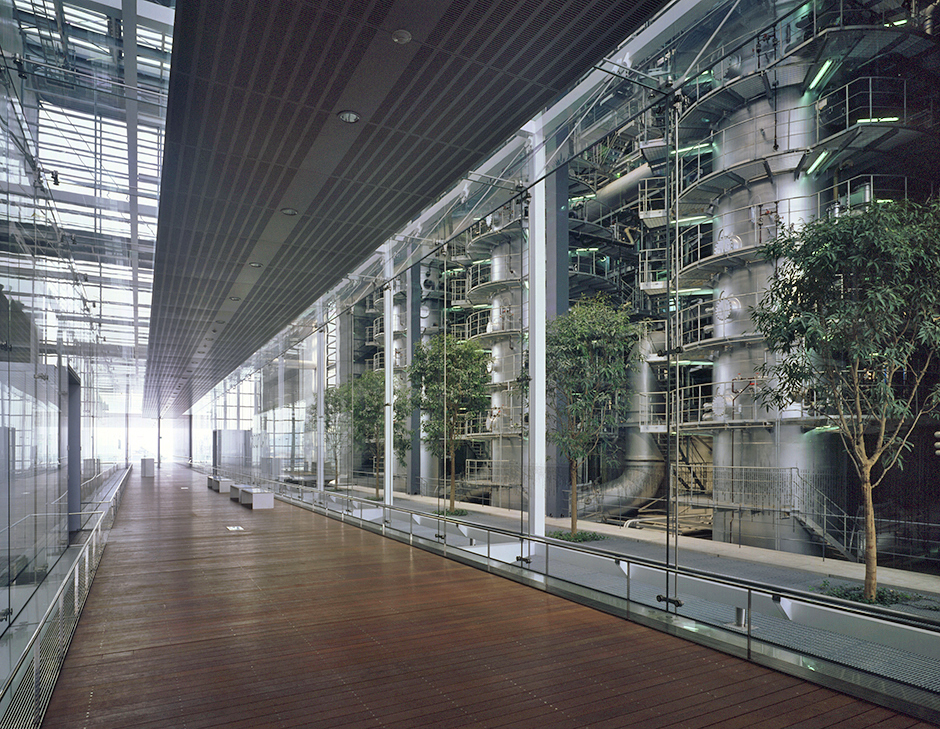
Completed in 2004, this waste incineration facility is located in Minami-Yoshijima, Naka-ku, Hiroshima City, facing the Seto Inland Sea. To dispel the negative image of a waste treatment facility, it has equipment that removes odors and toxic substances, and it is designed like a museum to make the incineration facility look like a work of art.
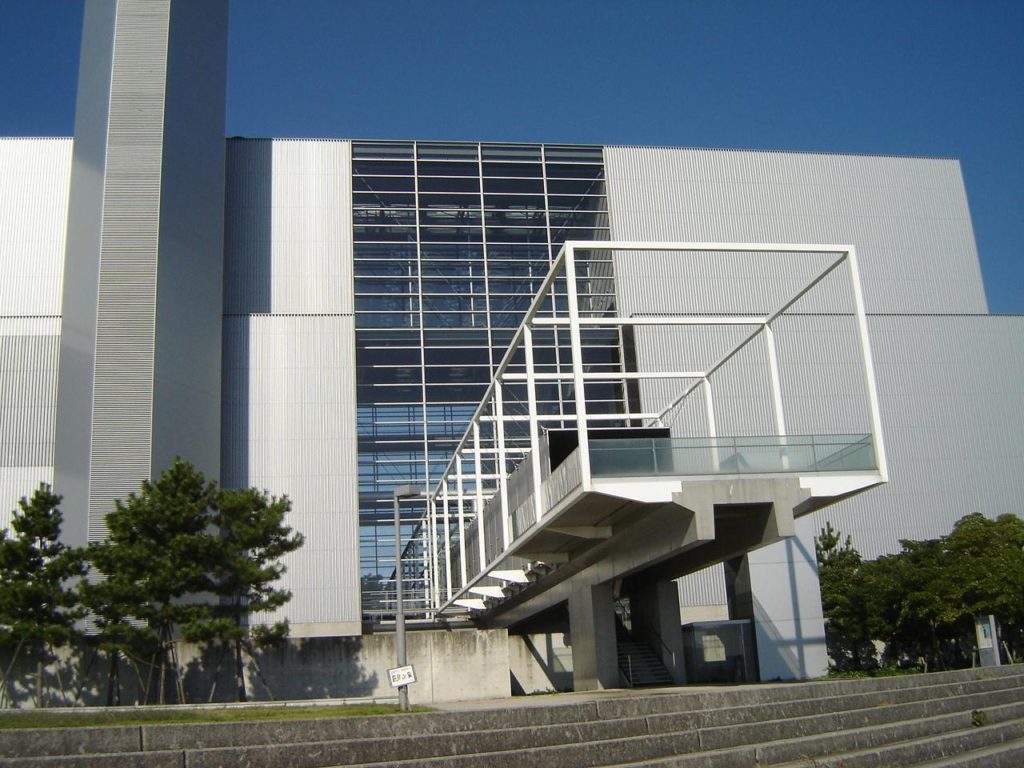
Ms. Nishizaki:
“This building was a major factor in the decision to change the film’s setting to Hiroshima. The building was designed by Taniguchi Yoshio, who studied at the laboratory of Tange Kenzo, the architect who designed Peace Memorial Park. Following Tange’s concept of an ‘Axis of Peace’ connecting the Atomic Bomb Dome, the Cenotaph for the Victims of the Atomic Bomb, and the Peace Memorial Museum, the building was positioned to be an extension of this axis. In addition, the building was constructed with a glass atrium running through the middle of the building so that the axis of peace would remain unobstructed all the way to the sea. When I explained this to Mr. Hamaguchi, he was deeply impressed, saying, ‘Even the waste treatment facility is rooted in the philosophy of peace. It would be a fitting venue for an international theater festival.’ In the film, it is featured as Misaki’s favorite place, and it is where she shares her past.”
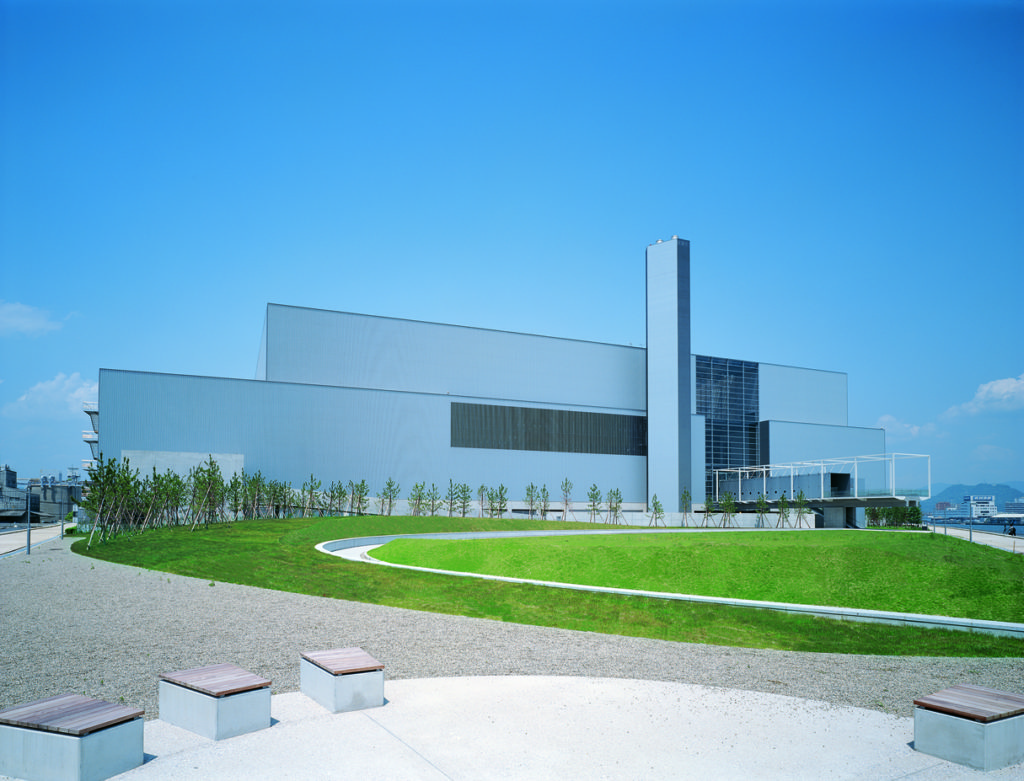
[Data]
1-5-1 Minami-yoshijima, Naka-ku, Hiroshima City
Tel: 082-249-8517
Website: https://www.city.hiroshima.lg.jp/soshiki/93/
(Check website for details regarding visits)
●Hiroshima International Conference Center
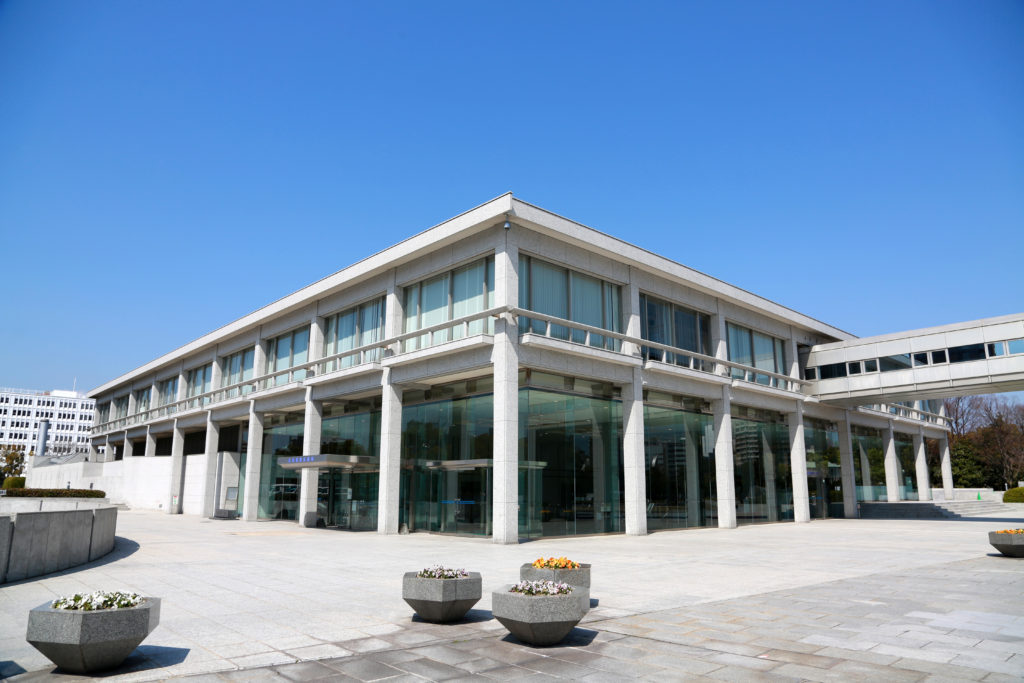
Located in Peace Memorial Park, this Center was established for the purpose of promoting international exchange and enhancing civic culture. Designed by the architect Kenzo Tange, who designed Peace Memorial Park and Peace Memorial Museum, the Hiroshima City Public Hall was originally built in 1955 and later rebuilt into the current Hiroshima International Conference Center in 1989. It is used for international conferences, lectures, and concerts, as well as for peace education for students on school trips.
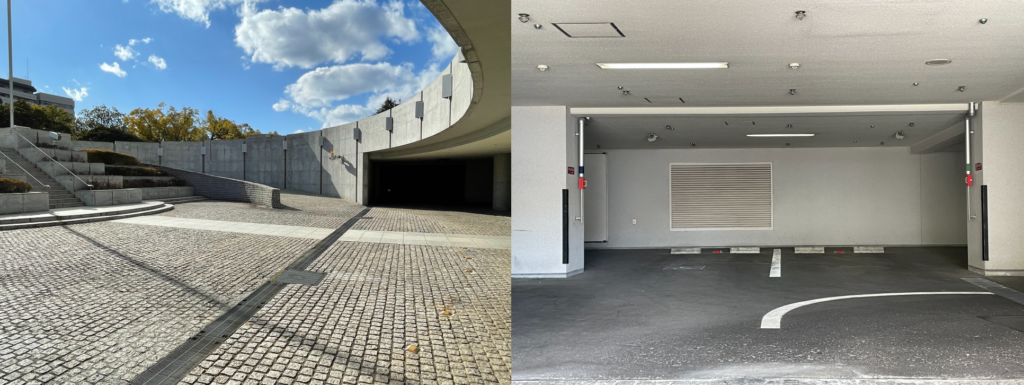
Ms. Nishizaki:
“In the film, this building is the venue for the Hiroshima International Theater Festival directed by Kafuku, the protagonist. The underground parking lot is where Kafuku and Misaki first meet, and where the story starts. In the plaza behind the building, where the Cenotaph and the Atomic Bomb Dome are visible, an important scene was filmed: the multilingual play’s outdoor rehearsal scene. The filming schedule for that day was marked with the words, ‘Today we will be borrowing a very important place. Do not forget that.’”
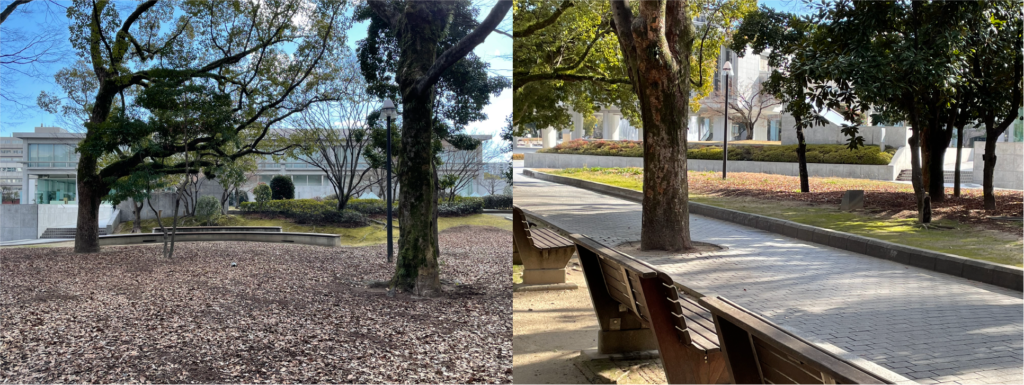
[Data]
1-5 Nakajima-cho, Naka-ku, Hiroshima City (Peace Memorial Park)
Website: https://www.pcf.city.hiroshima.jp/icch/
*See website for details.
● Hiroshima Expressway No. 4 (Hiroshima Seifu-Shinto Route)

This 5-kilometer expressway connects the center of Hiroshima City in Nakahiro, Nishi-ku, and Hiroshima Seifu-Shinto in Asaminami-ku in the northwest via a tunnel and a bridge. At approximately 3,880 meters long, the Seifu Tunnel is the longest tunnel in Hiroshima Prefecture (as of September 2022). From the vicinity of the east exit, visitors can enjoy a spectacular view of the Hiroshima Nishi Ohashi Bridge over the Ota River Floodway and the buildings at the center of the city.
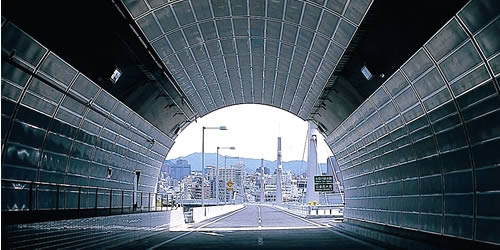
Ms. Nishizaki:
“A long tunnel makes several appearances in the film, and each time Kafuku and Misaki drive through the tunnel, their conversation brings them closer. In a scene in the Seifu Tunnel, Misaki opens up about her past, and Kafuku, who had not been very talkative until that point, listens to her. As they become closer, they are greeted by a beautiful night view of Hiroshima City. The lights remind us that Hiroshima has been successfully restored and it looks like a beacon of hope to them.”
[Data]
Area: From Nakahiro-cho, Nishi-ku, Hiroshima City to Otsuka Higashi-machi, Asaminami-ku
Website: https://www.h-exp.or.jp/construction/route4/
● Orizuru Tower

Next to Atomic Bomb Dome, the building is designed to let visitors feel the peace of each structure. Through the view of the city from the observatory, which is about 50 meters above the ground, visitors can feel the strength of the people of Hiroshima, who have recovered from the devastation of the atomic bombing, which was said to leave the ground barren for 75 years. The building’s symbolic “Orizuru Wall” is made up of paper cranes filled with the wishes of people from all over the world.
Ms. Nishizaki:”
“At the Orizuru Tower, we filmed the red Saab running along Aioi-dori Avenue. Mr. Hamaguchi initially thought he was not ready to film in Hiroshima because he didn’t know the city’s history deeply enough, so Peace Memorial Park and the Atomic Bomb Dome hardly appear in the film, but they do for a few seconds in this scene.”
[Data]
1-2-1 Otemachi, Naka-ku, Hiroshima City
Tel: 082‐569‐6803
Closed: Irregular holidays
Website: https://www.orizurutower.jp/
*See website for details on opening hours and entrance fee
Tags associated with this article



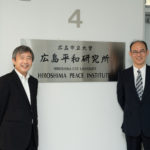

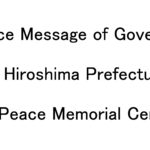

-150x150.png)
